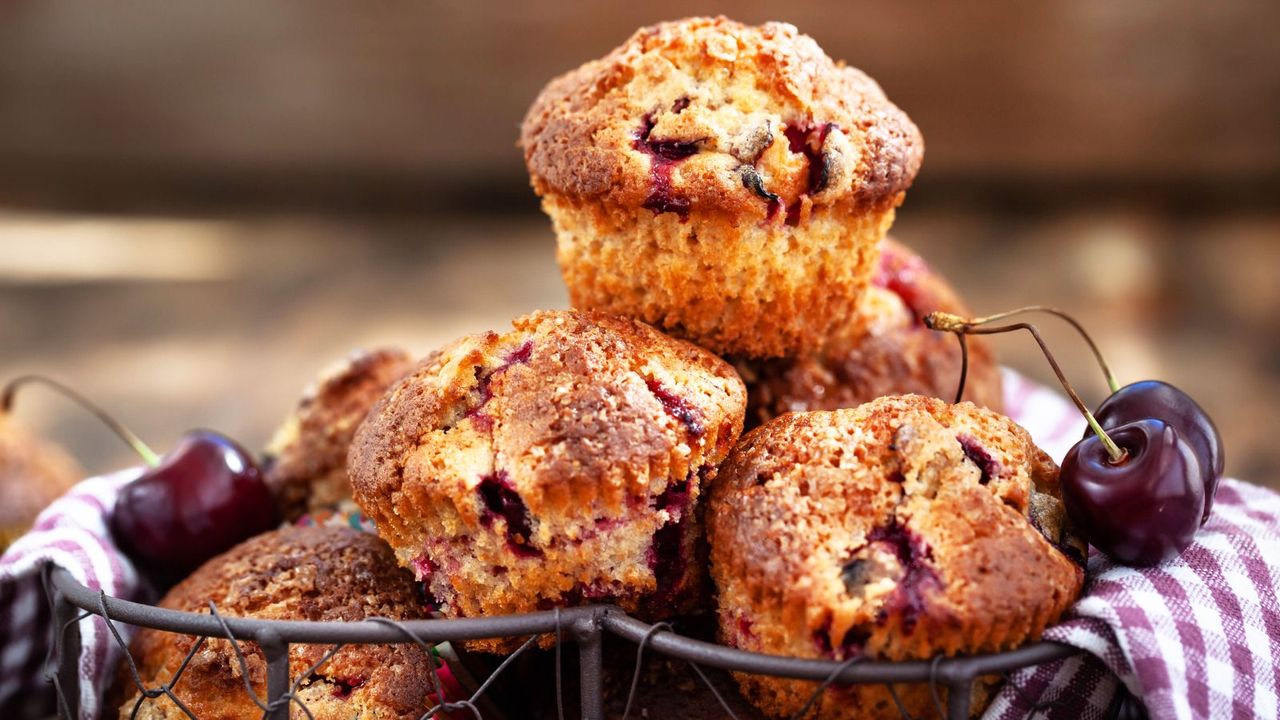
Can you make muffins in a blender? As a trained chef and kitchen appliances editor, I can tell you: yes, you absolutely can. A high-powered blender is one of the most underrated tools in the home cook’s arsenal. Sure, it’s great for smoothies, but one of the most surprising and efficient things to make in a blender is muffin batter.
All you need is one of the best blenders, which can handle both wet and dry ingredients with ease – no extra utensils required. It won’t bake the muffins for you, of course, but it will whip up a thick, cohesive batter that’s ready to pour straight into your muffin tin.
I’ve consulted with executive chefs and experienced recipe developers alike, and there’s strong consensus: there's a knack to it, but once you learn how to make muffins in a blender, you’ll save time, reduce cleanup, and gain a reliable go-to recipe you can scale up to feed a crowd. And as someone who tests kitchen appliances for a living, I can confirm – I've tried it and it's a cinch.
How do you make muffins in a blender?

I asked Chef Robert Smith, an experienced baker, to share his recipe for blender muffin success. 'Preheat your oven to the recommended temperature for muffins (usually around 375°F),' he begins. 'While you wait, grease or line a muffin tin. In the blender, combine the flour, sugar, baking powder, baking soda, and salt. Blend on low speed to mix the dry ingredients well.'
Chef Smith recommends combining the wet ingredients in a separate jug (I use this KitchenAid measuring bowl with a pouring spout, available at Amazon). This means one extra dish to wash up, but it creates a lighter, fluffier batter. Simply whisk the milk, melted butter, eggs, and vanilla extract until combined.
'Pour the wet ingredients into the blender with the dry ingredients,' Chef Smith continues. 'Blend on low speed until the batter is smooth and just mixed. Be careful not to overmix.' Robert reckons around 30 to 60 seconds is the sweet spot. A good muffin batter should be thick and it's okay to have some lumps, but it should be pourable from the blender jar.
'Add any extras, such as chocolate chips, to the blender. Pulse gently a few times or stir to incorporate them into the batter evenly. Pour the mix into the prepared muffin tin (this Good Cook Ready non-stick muffin tin from Target is a great price), filling each cup about two-thirds of the way to the top.'
All that's left to do is 'bake for about 15 to 20 minutes or until a toothpick inserted into the center of a muffin comes out clean. Once baked, remove the muffins from the oven and let them cool in the tin for a few minutes. Then transfer to a wire rack to cool completely'.
What kind of ingredients should you use?
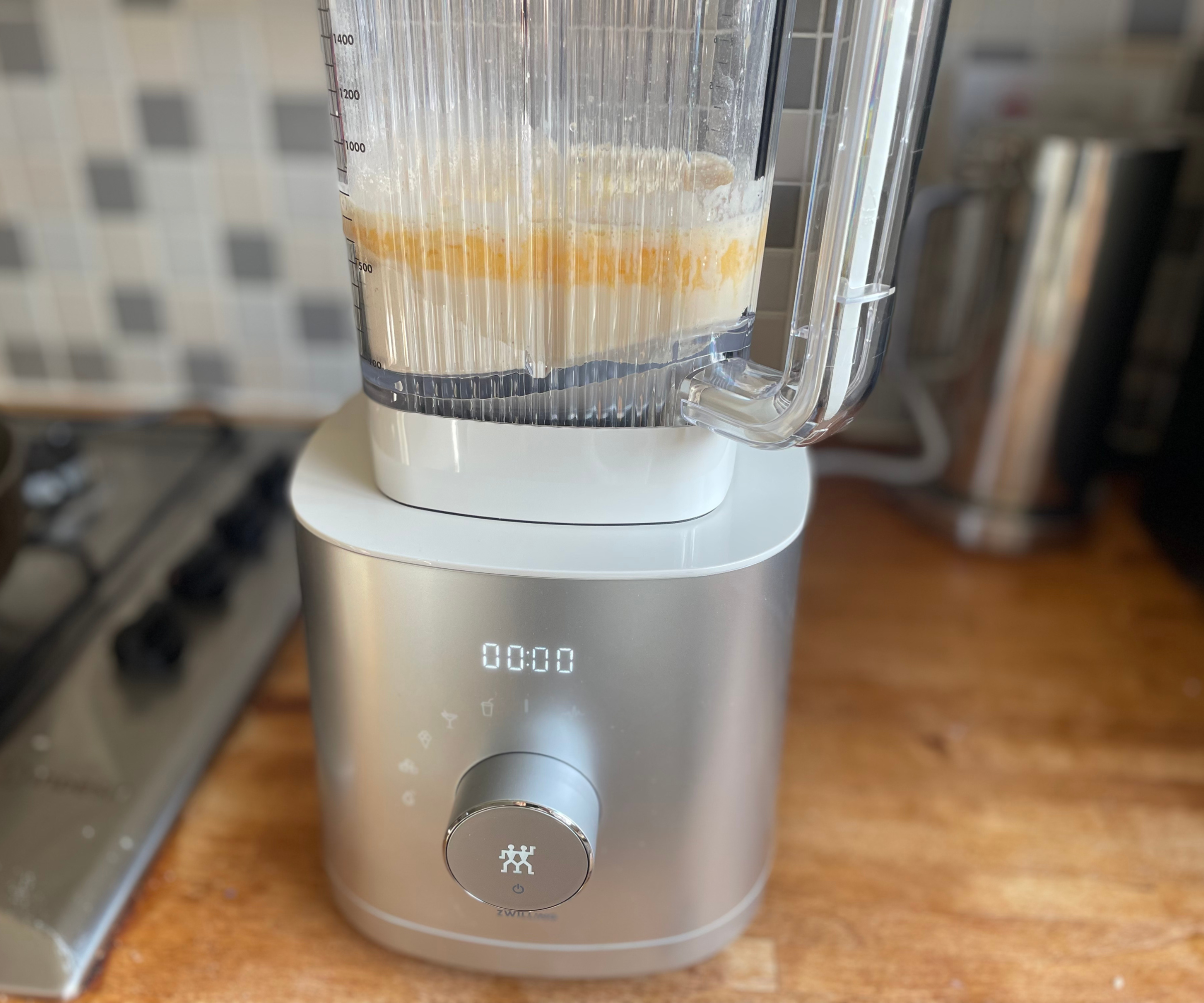
Whether you're making a carrot cake batter or a chocolatey mix, most muffin recipes call for a similar combination of wet and dry ingredients, some of which will blend better than others.
Food blogger Lauren Allen follows a golden rule. She knows that 'common muffin ingredients like flour, baking powder, salt, milk, eggs, oil or butter, and sugar should all blend fine'. Again, Lauren recommends taking care not to overload the blender and mixing on a low speed setting. This way, you can keep control over the consistency of your batter.
If you want to mix a plain batter, you don't need to add anything else. With that said, I always think muffin batter tastes better with a few handfuls of nuts, berries, and maybe a few chocolate chips. Lauren calls these ingredients 'mix-ins', which 'need gentle stirring or pulsing to evenly incorporate' at the end. Personally, I always make sure to toss fresh fruit in flour beforehand, to keep them suspended in the batter while baking.
What kind of blender should you use?
In order to mix wet and dry ingredients into a rich, thick batter, you need a powerful blender with at least a 500W motor. Any ordinary countertop blender should fit the bill, though it's unlikely that even the best portable blender will be up to the task.
If you want to mix enough batter to bake a batch of muffins, you should steer clear of single-serve blenders and look for something a little larger. A bigger pitcher can accommodate greater quantities of ingredients to make more mixture at once.
You might already have a blender at home that you could use to make muffins. Just in case you don't, I've assembled a few of the best blenders that might take your fancy. Each of these machines is tried and tested by a member of our expert team. You could use them to make rich soups, creamy smoothies, and a whole lot more than just muffins.
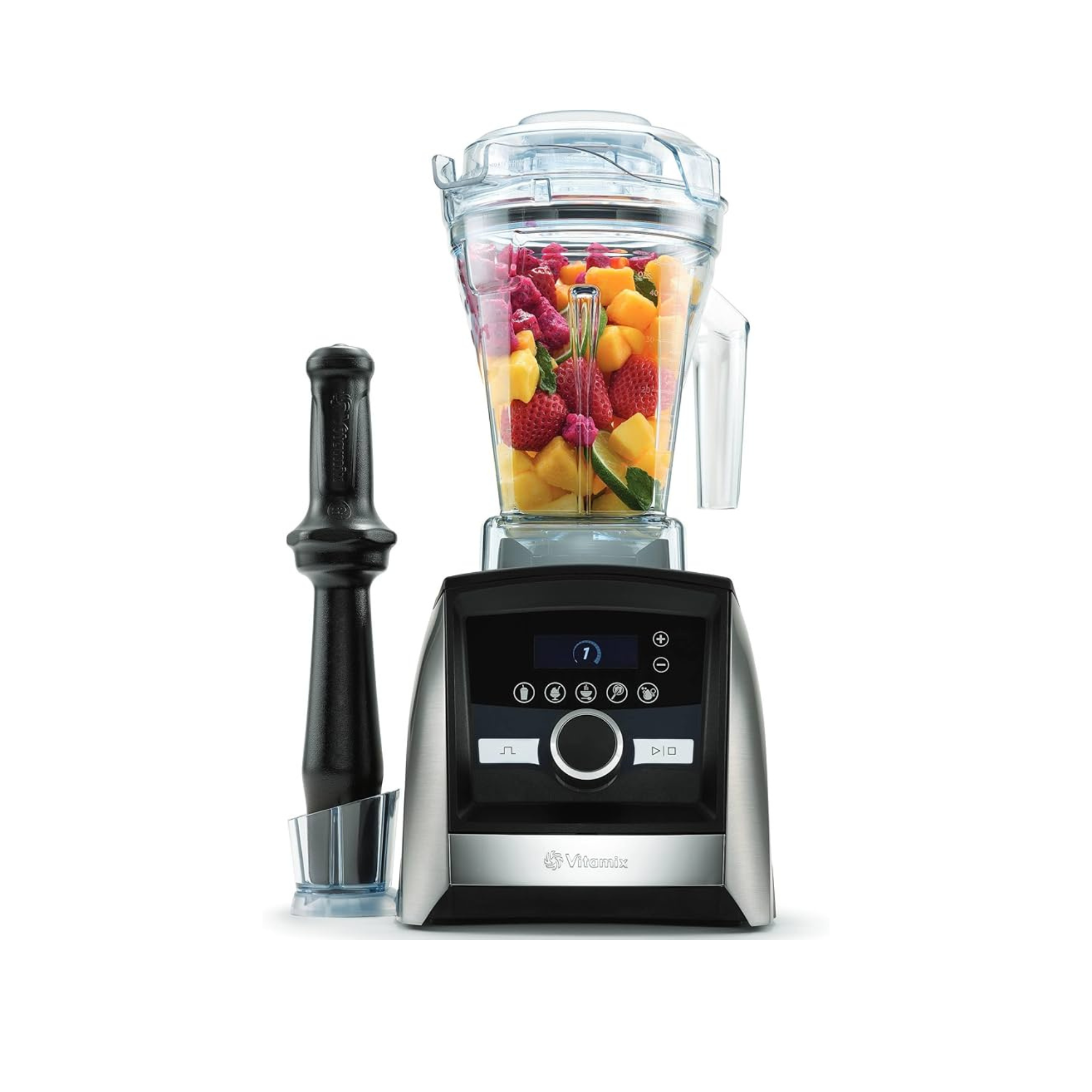
This is the best blender money can buy. On its most powerful setting, the Vitamix A3500 is strong enough to blast through fruit seeds, leafy greens, ice cubes and more. A muffin batter is light work for this powerhouse.
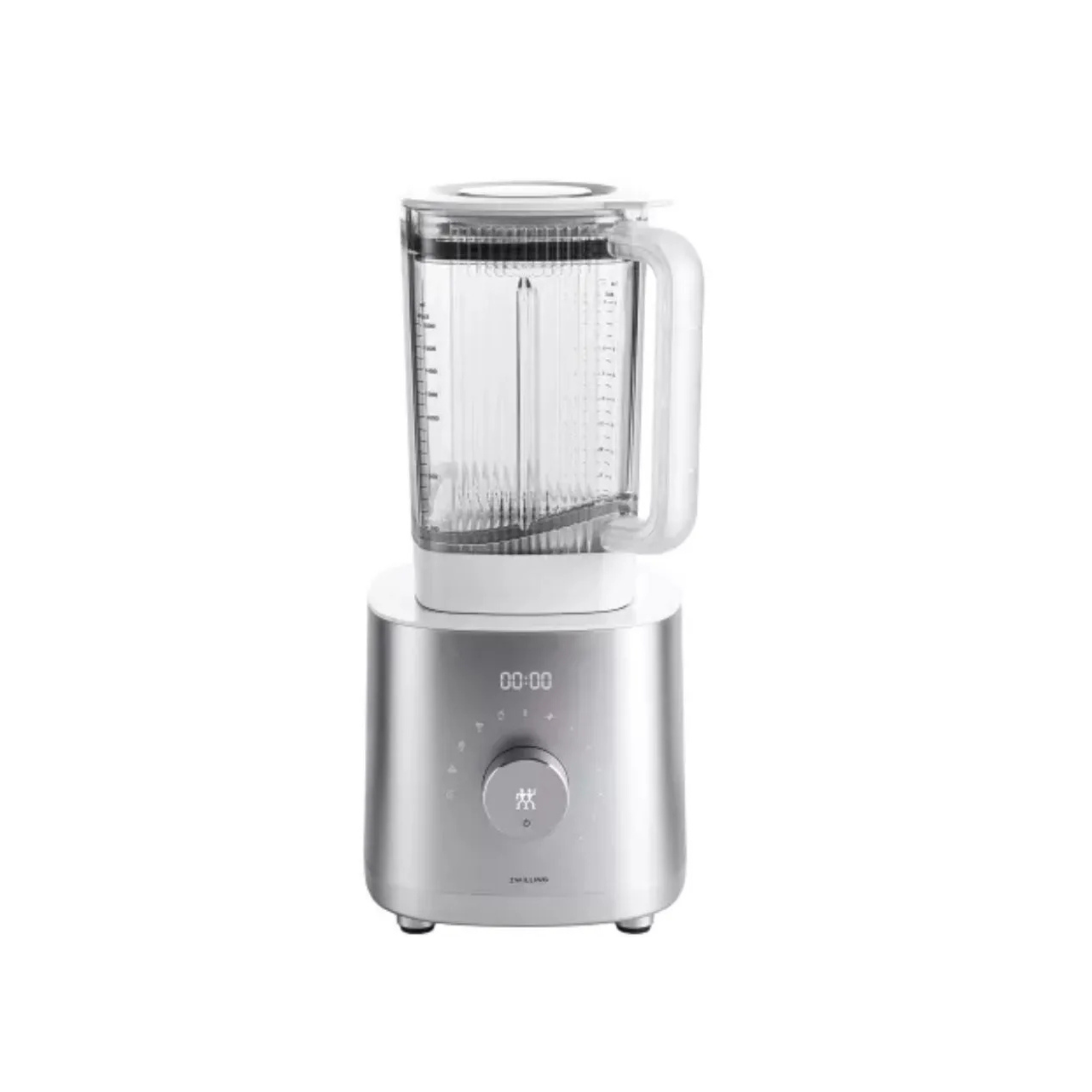
The sharp Zwilling blades are efficient at any speed. It creates a powerful vortex, which is great for mixing delicate ingredients without overworking them. Smoothies stay bright and oxidised, and I tested my banana muffins in this blender with fluffy results. It's a beautiful appliance, too.
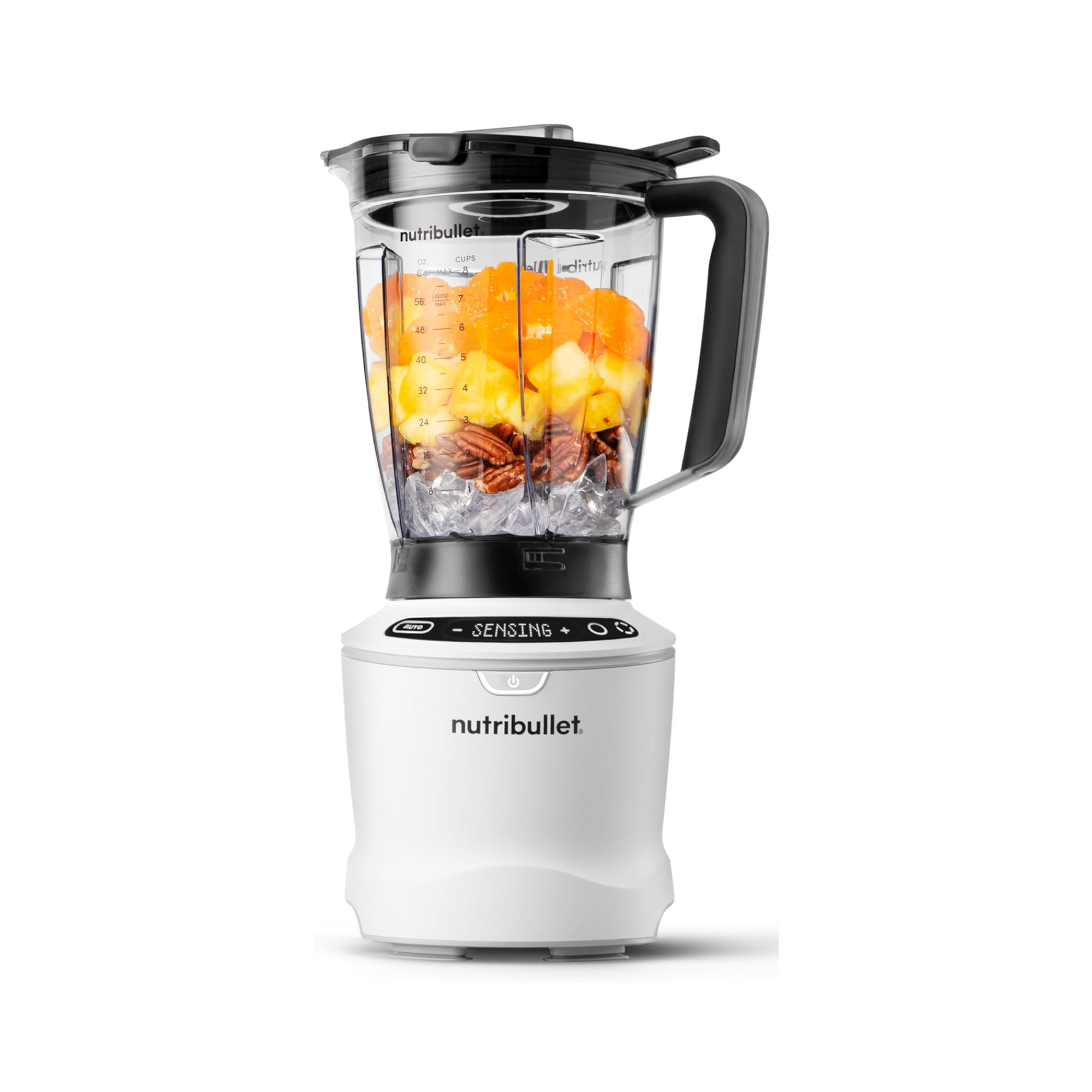
This blender is on the cheap side, but simple to use and great for beginners. It handles large-batch batters and smoothies very well, with automatic sensors and a variety of presets. I always recommend it to families on a budget, but bear in mind: it struggles on dry dips and can't crush ice.
If you don't have a blender, you can of course use a stand mixer. I'm lucky enough to have a KitchenAid Artisan Stand Mixer at home, which offers a good alternative, provided you use the right technique. KitchenAid's blueberry muffin recipe recommends that you reverse the blender method, starting by combining your wet ingredients in the stand mixer first with the flat beater attachment, mixing on speed 2 for one to two minutes until smooth.
Separately whisk together your dry ingredients, then gradually add them to the wet mixture with the mixer on low speed for just 10-15 seconds to avoid overworking.
The basic principles of mufifn making are the same; you never want a rubbery, tough result from too much mixing.
What are the pros and cons of making muffins in a blender?
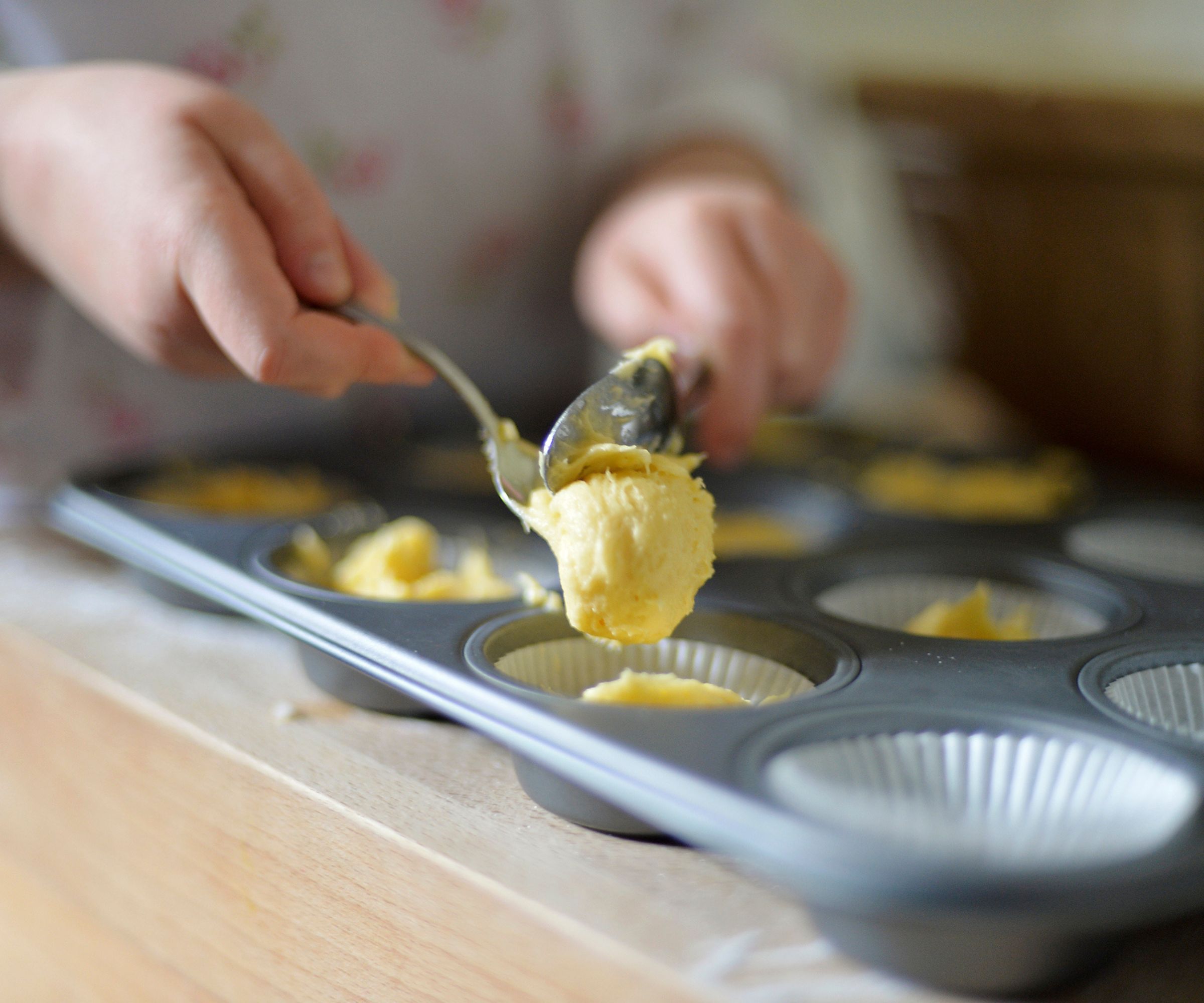
A homemade muffin tastes better than anything you can buy from the store. It might just be better for your body, too. When you make your own muffins in a blender, you can reduce the amount of excess sugars and simple carbs, and pack your batter with protein and fiber, instead.
Making muffins in a blender can save a little time when it comes to clean-up. It's far easier to wash a pitcher, with its straight sides and narrow base, than it is to clean the nooks and crannies of a stand mixer or hand whisk. My blender happens to be dishwasher-safe, too.
Making muffins in a blender might be quick and convenient, but it's not always easy. Food blogger Sunita Yousuf ultimately prefers to use her stand mixer, since 'mixers fold the muffin batter to make it airy, creating air pockets to accommodate the ingredients when they rise. In contrast, a blender chops and cuts ingredients into a pulp, leaving a frothy upper layer and no air pockets for the batter to rise. This results in a flat muffin instead of the light, fluffy muffins created by a mixer'.
You might need to bake a few batches before you master the art of mixing muffin batter in a blender. I rdefinitely ecommend blending on a slower speed setting to incorporate more air and keep control over the consistency of your batter.
How to make muffins in a blender FAQs
Are homemade muffins healthy?
It depends what you put in them. If you pack your batter with oats and egg whites for protein, with a dash of flaxseed for fiber, then you could easily make a batch of healthy breakfast muffins. The key to making healthy food at home is reducing the levels of excess sugars and cutting out the additives and preservatives you find in store-bought stuff.
Should homemade muffins be refrigerated?
While you can refrigerate homemade muffins, they tend to taste best served fresh at room temperature. Artificial cooling will alter the taste and texture of your muffin. I like to make a breakfast muffin the night before, seal it in an airtight container, (such as this muffin fresh container from Amazon) or a Ziplock bag, and enjoy it on the way to work.
What else can I make in a blender?
Many of the best blenders are multifunctional machines that can double as juicers or even ice cream makers. A good blender can tackle hot, cold, wet and dry ingredients to make all sorts of soups, smoothies, and cocktails. If you have a sweet tooth like me, you'll be pleased to know you can also make pancake batter in a blender. It's a very smooth way to start the day. I've rounded up 10 things to make in a blender.
Our verdict
Accomplished cooks and beginners alike should have no trouble making muffins in a blender. All you need to do is prepare your produce, load your pitcher, and press 'start'. The biggest risk is overmixing, which you can caveat by blending on a slower speed setting and keeping a watchful eye over the texture through the clear pitcher. Mastering this method lets you whip up bakery-style muffins in minutes.
If you're keen on experimenting with your appliances, why not give baking a cake in your air fryer a go. I'm constantly putting the latest tech to the test. What would you like me to try next?






